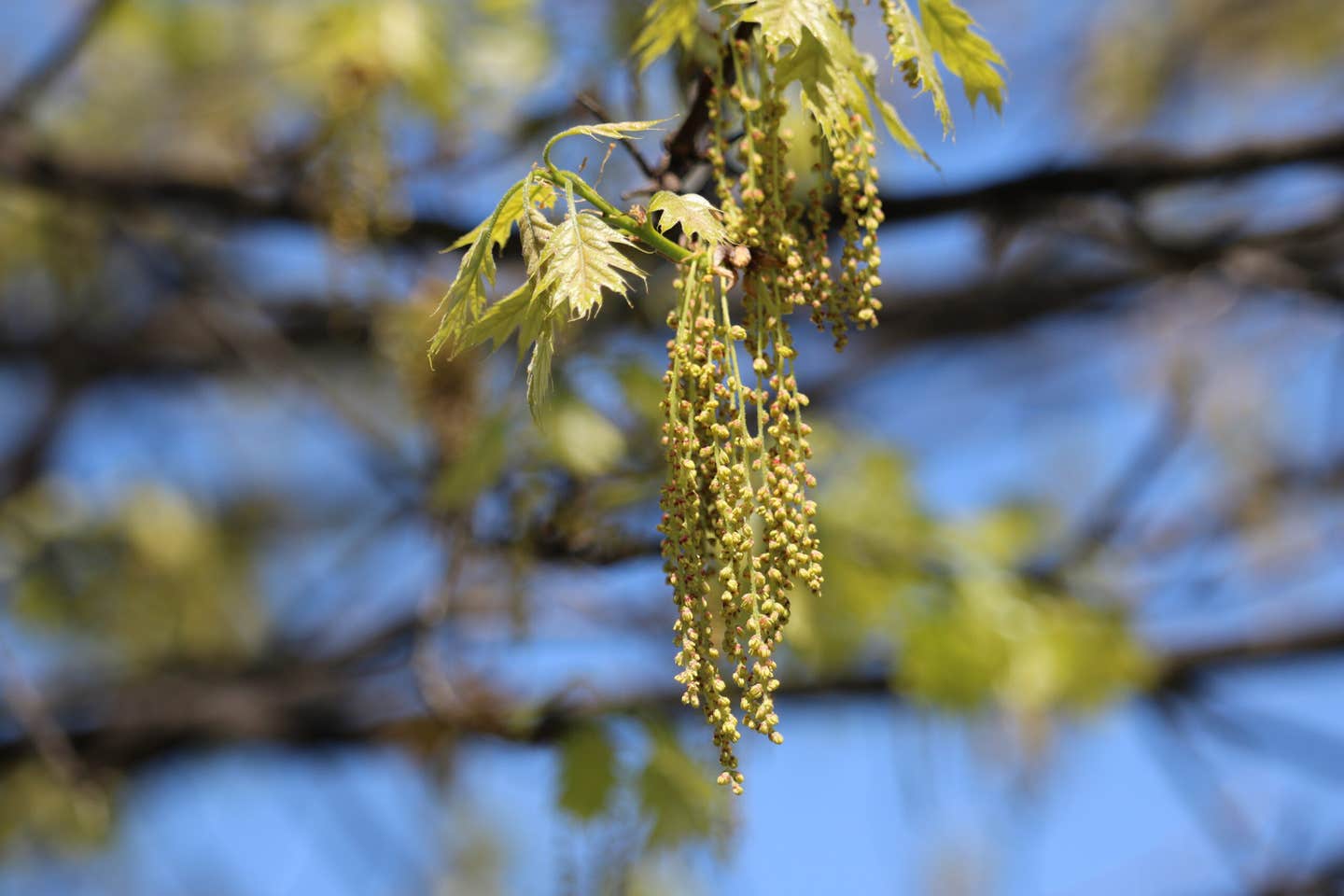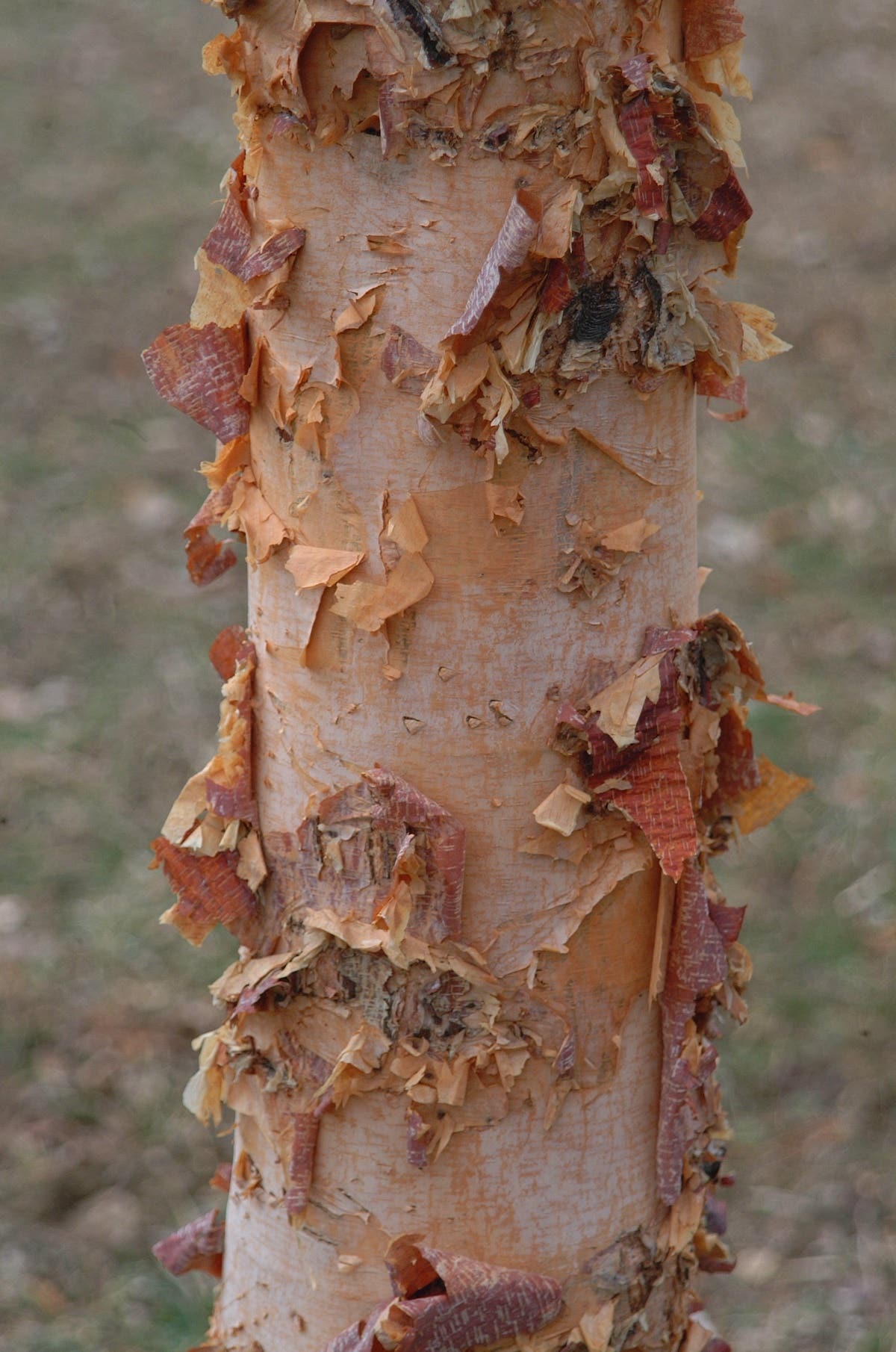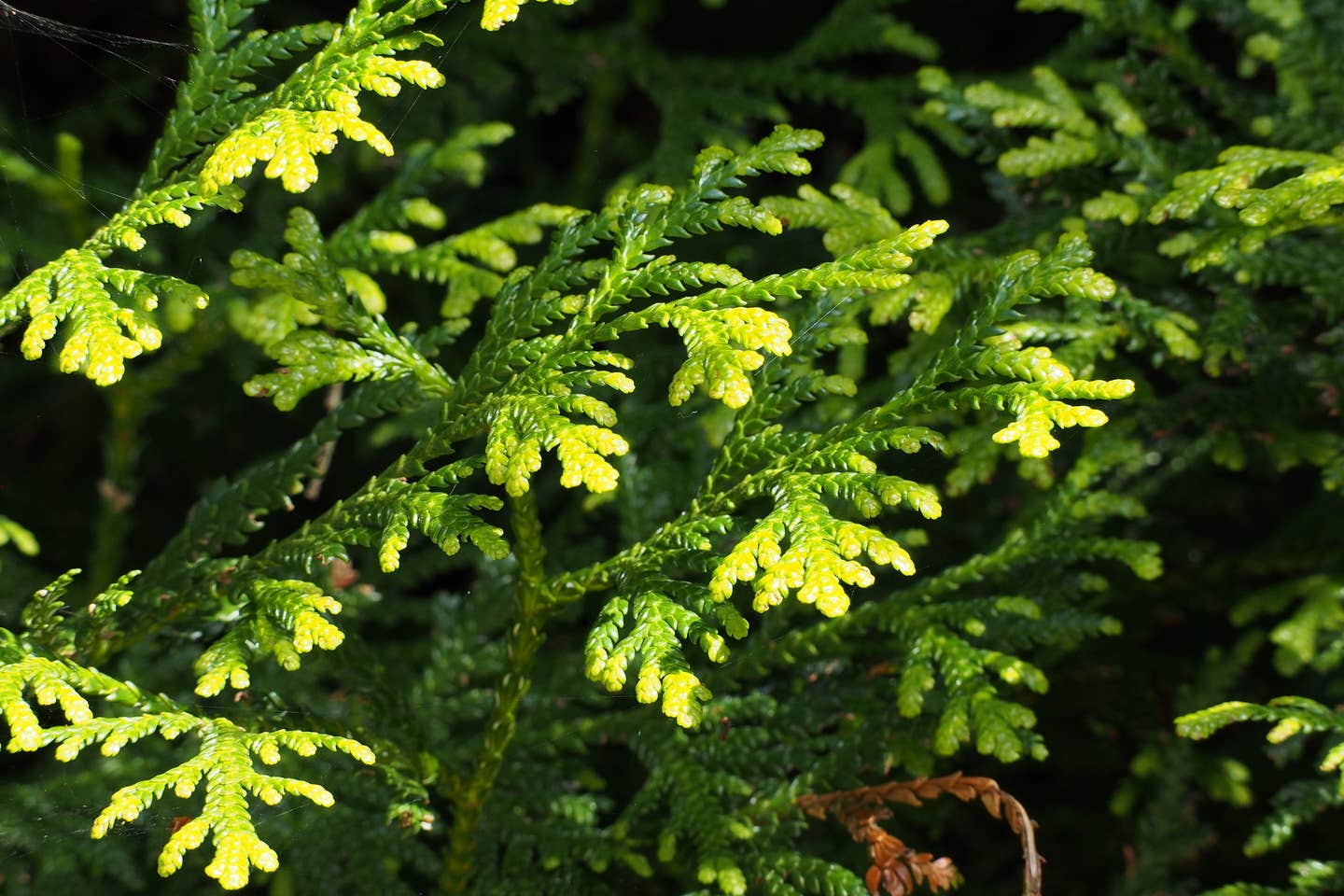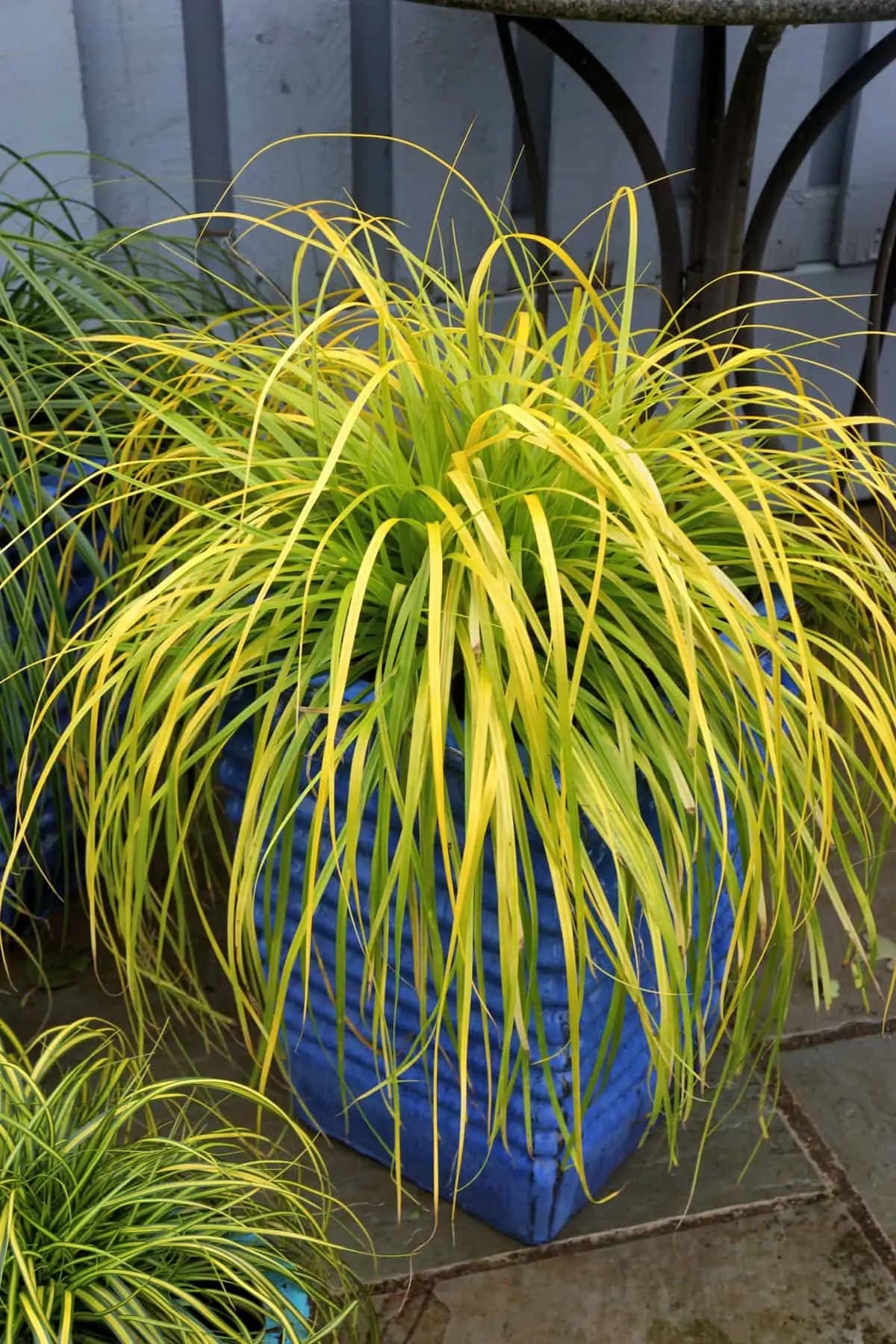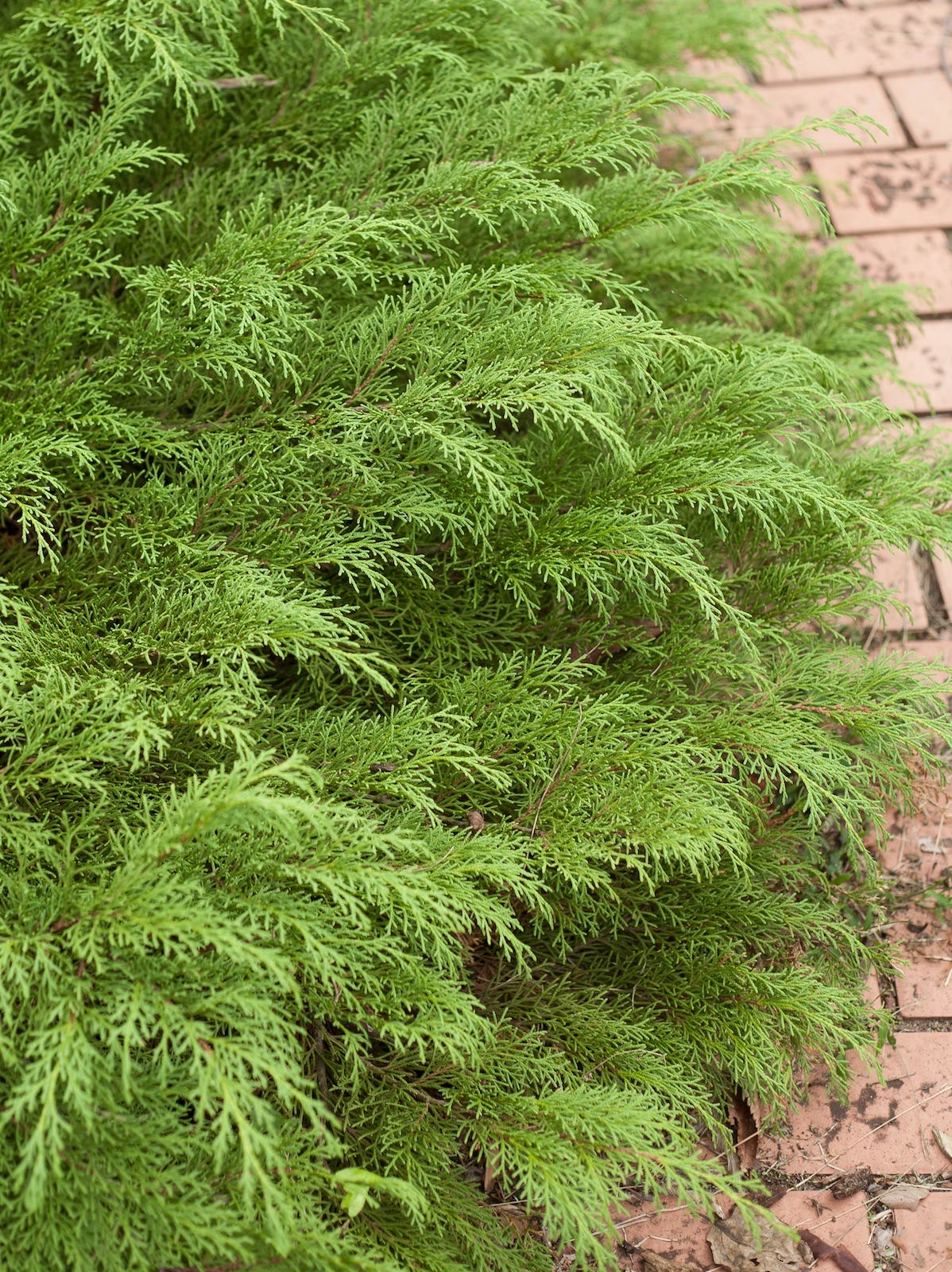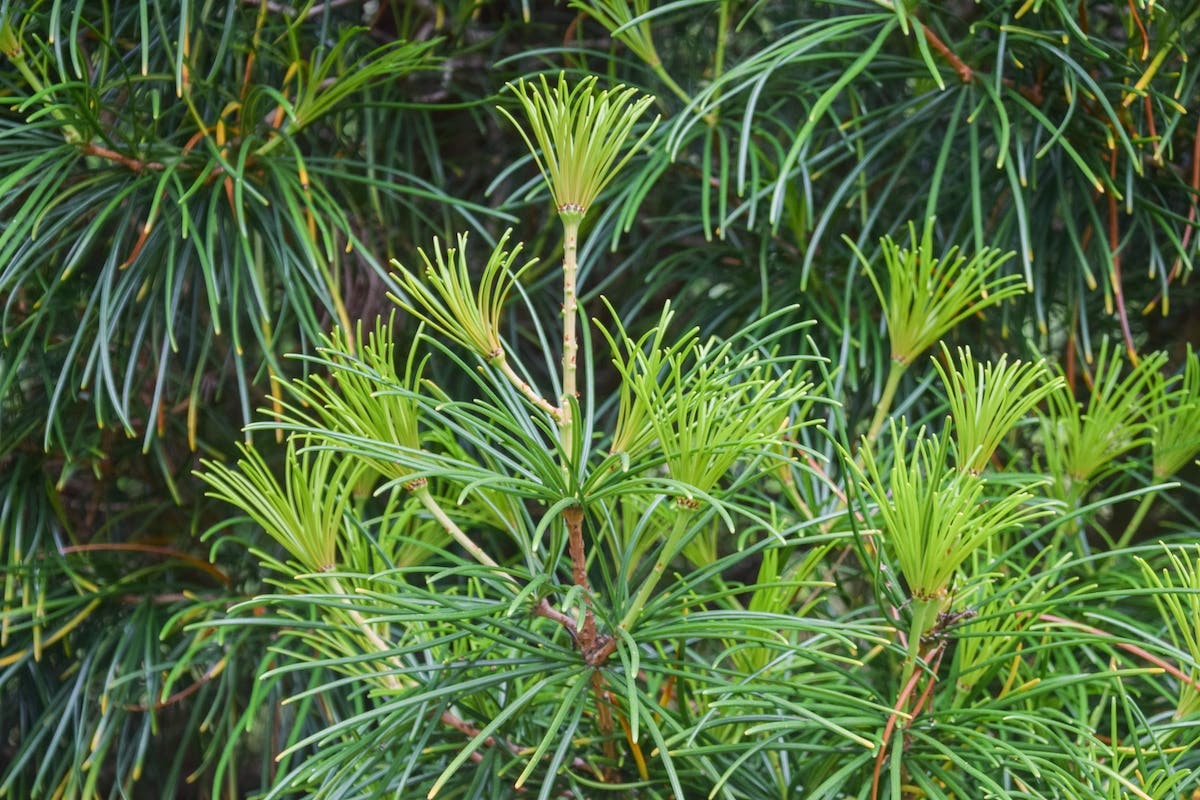Growing Miniature Moth Orchids and Other Small Plants
Miniature moth orchids are popular winter houseplants because they offer cheerful, long-lasting blooms without taking up a lot of space or requiring much input. No matter their size, moth orchids…
Miniature moth orchids are popular winter houseplants because they offer cheerful, long-lasting blooms without taking up a lot of space or requiring much input. No matter their size, moth orchids (Phalaenopsis spp.) require the same care. Here’s one difference in care: larger orchids can be potted in a typical bark mix marketed for orchids, but mini orchids do better in sphagnum moss.
Otherwise, no matter the size of your moth orchid, keep the growing medium consistently moist—not wet, but not dry, either. Provide bright light year-round and warm temperatures. They prefer humid air but will adapt to drier air as long as they’re kept watered. Moths orchids typically need to be repotted once a year as frequent watering breaks down the medium.
After your large or miniature moth orchids finish blooming, cut the stem just above the node where the first flower opened. This should prompt another flowering stem to emerge from that spot within several months. If this does not occur, or the stem turns brown, cut the entire stem off at the base.
Aside from miniature moth orchids, try these downsized houseplants in tight quarters. Like mini orchids, they require the same care as their bigger brethren, but bear in mind that the smaller the pot, the quicker the soil is to dry out:
Miniature African violets, which are happiest when slightly rootbound in a two- or three-inch pot.
Cacti and other succulents, which aren’t necessarily mini but grow slowly enough to seem that way.
Air plants (Tillandsia spp.), which lend themselves to creative shoehorning, since they do not require a pot or even soil.
Miniature begonias, available from terrarium suppliers, which offer a wide range of textures and colors in their leaves.
Image credit: Viktoria Bielik/iStock/Getty Images


